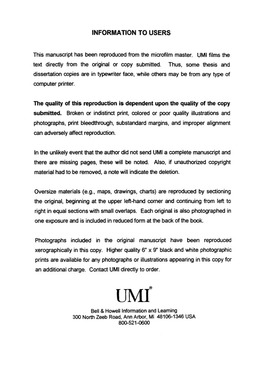| dc.description.abstract | The anaerobic bacteria Syntrophomonas wolfei, Syntrophus gentianae, Syntrophus buswellii, and Syntrophus aciditrophicus grown in coculture with a hydrogen-consuming partner degraded butyrate and benzoate to a threshold concentration, which depended on the concentration of acetate in the medium. Butyrate and benzoate persisted even after extended incubation under methanogenic, sulfate-reducing, and nitrate-reducing conditions. The formation of a threshold appeared to be controlled thermodynamically and was not due to a loss of metabolic activity, an inhibitory accumulation of hydrogen or formate, toxicity of acetate, or a species specific phenomenon. For all syntrophic cocultures, the butyrate and benzoate threshold concentration increased with increasing acetate concentrations. For S. wolfei cocultures, the butyrate threshold concentration decreased as the terminal electron-accepting regime became more favorable, with the highest threshold observed under methanogenic conditions and the lowest threshold observed under nitrate-reducing conditions. Independent of the final acetate concentration or the organism tested, the DG' at the butyrate threshold was specific for the terminal electron-accepting process and was -4.1 +/- 3.0 for methanogenesis, -10.1 +/- 2.3 for sulfate-reduction, and -15.3 +/- 1.6 kJ/mol for nitrate-reduction. The DG' values at each benzoate threshold were markedly higher than observed for butyrate, ranging from -21.0 +/- 3.5 kJ/mol for methanogenesis, -31.2 +/- 2.1 for sulfate-reduction, and -42.5 +/- 3.1 kJ/mol for nitrate-reduction, respectively. This research shows that thresholds exist for syntrophic aliphatic and aromatic compound degradation, that the threshold is thermodynamically influenced by the accumulation of acetate, that the final DG' corresponds to the terminal electron-accepting scenario, and that substrate metabolism ceases when thermodynamic equilibrium is approached rather than when a critical DG' value is reached. The observation that the remaining free energy is highly variable when metabolism stops is in direct contrast to current bioenergetic hypotheses and shows that for certain substrates, bacterial metabolism can proceed near thermodynamic equillibrium, a condition that is often thought to be a biological impossibility. | en_US |
